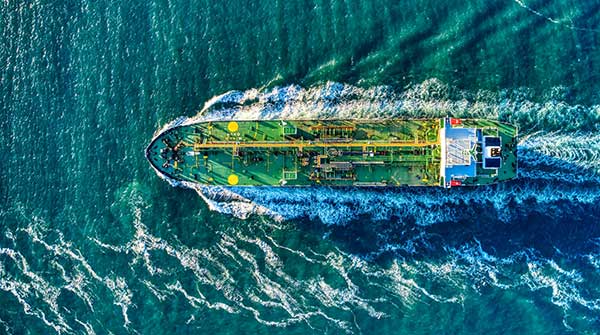Canadian LNG beats most other exporters when it comes to emissions
 Asia’s demand for liquefied natural gas (LNG) is rising fast as countries look for cleaner alternatives to coal while their economies expand.
Asia’s demand for liquefied natural gas (LNG) is rising fast as countries look for cleaner alternatives to coal while their economies expand.
According to a new report by global research consultancy Wood Mackenzie, Asia should import LNG from Canada to significantly reduce its emissions.
If Canada increases its LNG export capacity to Asia, by 2050 net emissions could decline by 188 million tonnes of CO2 equivalent per year – or the annual impact of taking 41 million cars off the road, analysts wrote.
“It’s like taking all of the cars in Canada away, if we were able to build all of those projects,” said Matthias Bloennigen, Wood Mackenzie’s director of Americas upstream consulting. “It reduces emissions globally, so it’s for the good of everyone.”
 |
| Related Stories |
| Trudeau is wrong. LNG development is feasible
|
| Woodfibre LNG ‘essentially assured to go ahead’
|
| Surging global coal use highlights opportunity for Canadian LNG |
To reach global net zero emissions by 2050, the largest reductions will likely need to come from the power sector, analysts wrote.
The heart of the opportunity is switching from coal-fired to gas-fired power plants, particularly in Asia.
Natural gas – traded globally as LNG – produces less than half the emissions of coal when used in power generation.
And it’s a so-called “baseload” reliable fuel that can help offset the intermittency of wind and solar as renewables take on a larger share of the global energy mix, analysts wrote.
“Gas is also cost-competitive and there are large global reserves in many countries, including Canada,” the report said.
“If Canada does not export as much LNG as anticipated to northeast Asia, the region would need to rely on LNG from elsewhere that has a higher emissions intensity.”
If Canada limits its LNG exports to one or two projects, total emissions in northeast Asia would increase by 121 million tonnes of CO2 equivalent through 2050, analysts wrote.
But if Canada significantly increases LNG capacity to help northeast Asia reduce its reliance on coal, net emissions would decline by 5,459 mtCO2e (metric tons of carbon dioxide equivalent) over the same period.
“LNG from Canada going into northeast Asia has lower emissions than LNG coming from many other global LNG exporters,” the report said.
LNG from western Canada has average life cycle emissions intensity of 12 kgCO2e/MMBtu (kilograms of carbon dioxide equivalent/metric million British thermal unit), compared to 21 kgCO2e/MMBtu for projects in the United States.
“With its high environmental standards and stewardship, Canada would be a great partner to fill the LNG demand gap in Asia,” Wood Mackenzie analysts wrote.
Deborah Jaremko is director of content for the Canadian Energy Centre, an Alberta government corporation funded in part by taxes paid by industry on carbon emissions.
For interview requests, click here.
The opinions expressed by our columnists and contributors are theirs alone and do not inherently or expressly reflect the views of our publication.
© Troy Media
Troy Media is an editorial content provider to media outlets and its own hosted community news outlets across Canada.

